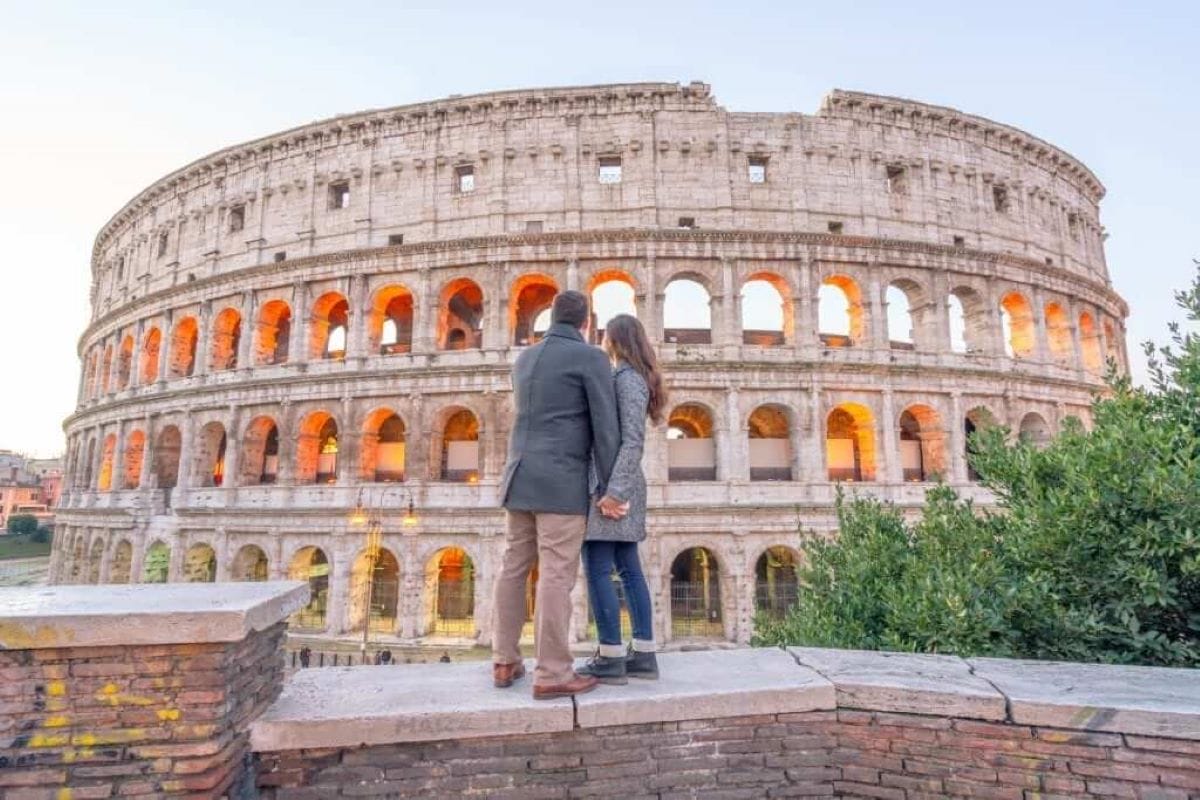
Italy Travel Essentials: What To Pack For A Trip to Italy
December 18, 2024
If you’re traveling to Italy, figuring out what to pack can be daunting. After years of traveling and living in Italy, here are our tips for what not to forget and what to leave at home – beyond the passport and undies. (But don’t forget those, either!).

Here’s the travel essentials you’ll need in Italy.
Table of Contents
ToggleMust-Have Italy travel essentials
Digital versions
Of what, you might ask? Well, of everything. If you’re traveling for a couple of weeks, don’t lug 5 books with you — consider buying a digital reading device, and load your books up ahead of time.
And many devices offer a whole instant entertainment system; download not just music, but, if you’re feeling ambitious, even some lectures and podcasts about the sites you’re going to be seeing.
Appropriate clothing for religious sites
Crucial for getting into churches, since some, like St. Peter’s Basilica, adhere strictly to the no-shoulders, no-short skirts dress code in even the hottest months.
Packing clothing that covers your shoulders and knees for such visits is essential. If you are planning a visit to the Vatican, here’s the dress code do’s and dont’s.
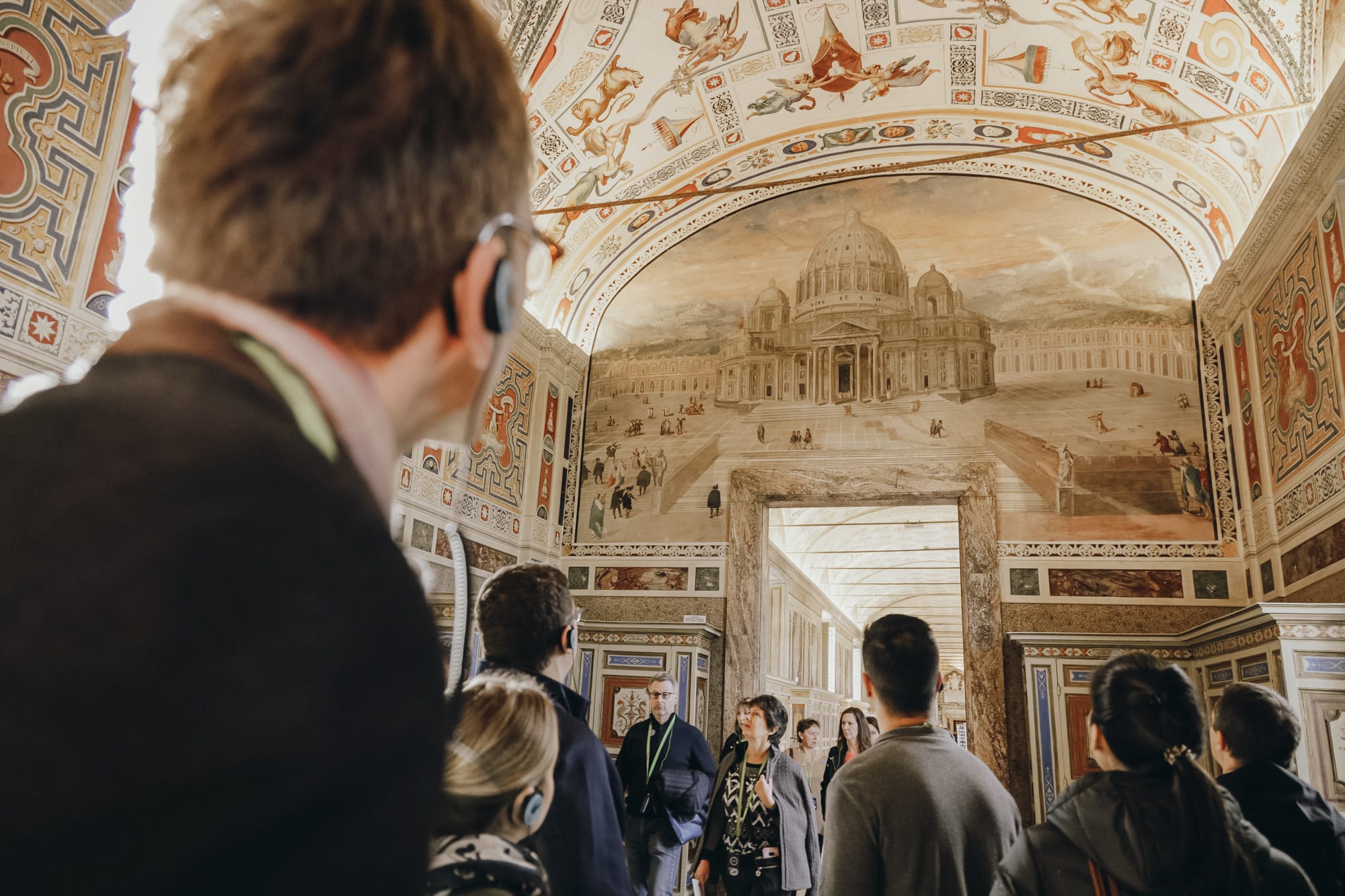
Dressing modestly is important if you want to access churches in Italy.
Student ID/E.U. ID card
Although you generally have to be an E.U. citizen to get student or senior discounts, we’ve encountered a number of places across Italy, most notably the (expensive) Vatican museums, where that’s not the case.
So always ask. And if you are a European citizen, then don’t make the mistake of leaving your I.D. in the hotel: Nearly every site and museum gives child, student, and senior-citizen discounts.
A few pieces of tissue… that can double as toilet paper
You don’t really need to bring this from home, of course —Italy does have toilet paper–but it’s a smart thing for ladies, particularly, to throw in their purses before leaving the hotel in the morning.
Why? Well, while 95% of the bathrooms you’ll use at cafes or restaurants are perfectly well-stocked, some are… not. Enough said — so just keep it in mind. (Along those lines, also consider bringing hand sanitizer).
Comfortable walking shoes
Given the amount of walking you’ll do, especially on uneven surfaces, sturdy and comfortable shoes are essential. You’ll be doing a lot of walking in Italy. Especially if that’s not something you’re used to, make sure you have the right footwear.
What that comfy pair is is different for everyone, and doesn’t necessarily have to be gym sneakers. It might be comfy sandals, cute flats, and, in winter, leather boots can all work, too.
Just make sure that, whatever the pair is, they’re broken in – and give them a “dry run” by walking in them for three or four straight hours first. This is especially important if you plan to do any hiking in Italy.

Be sure to bring comfy shoes! Your feet will thank you.
Some dressy accessories
Italians tend to dress up a bit more for dinner, and in general, than Americans, Brits and others do back home. That doesn’t mean you need a cocktail dress or a dinner jacket; instead, well-dressed Italians agree the devil’s in the details.
A statement necklace, pretty silk scarf, or nice leather shoes and belt can do the work of a complete outfit… for a quarter of the packing space.

Statement pieces like a colorful jacket, necklace, or ring can help bring the whole look together.
An empty backpack
You shouldn’t really need a backpack walking around, say, Venice. But a backpack can come in handy if you wind up hiking some of Italy’s spectacular countryside, if you head to the beach, or if you’re buying groceries (lots of Italian grocery stores charge for plastic bags now, and it’s more comfortable to carry groceries on your back, anyway).
Most of all, though, that backpack can come in handy at the end of your trip. When all those gifts and souvenirs make it impossible to zip your checked bag closed, just pop extra (non-liquid) detritus into the empty backpack and make it your new carry-on.
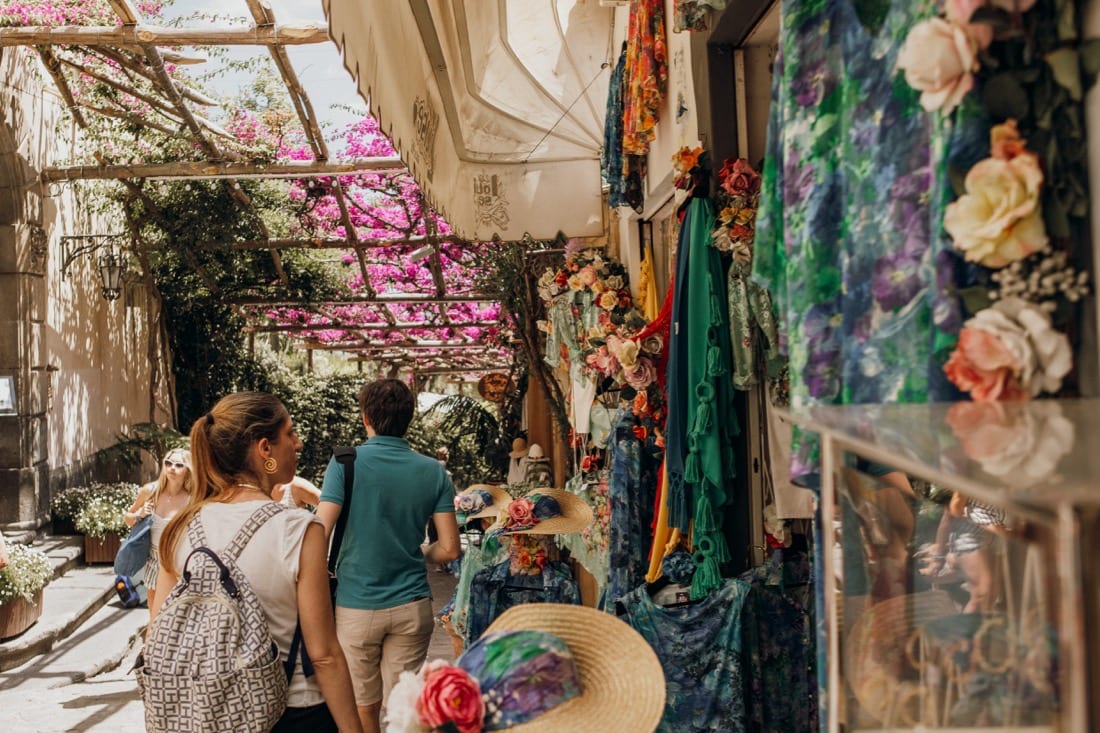
A trustworthy backpack is high on our list of Italy travel essentials.
Reusable shopping bag
Handy for groceries or souvenirs, and it reduces plastic use.
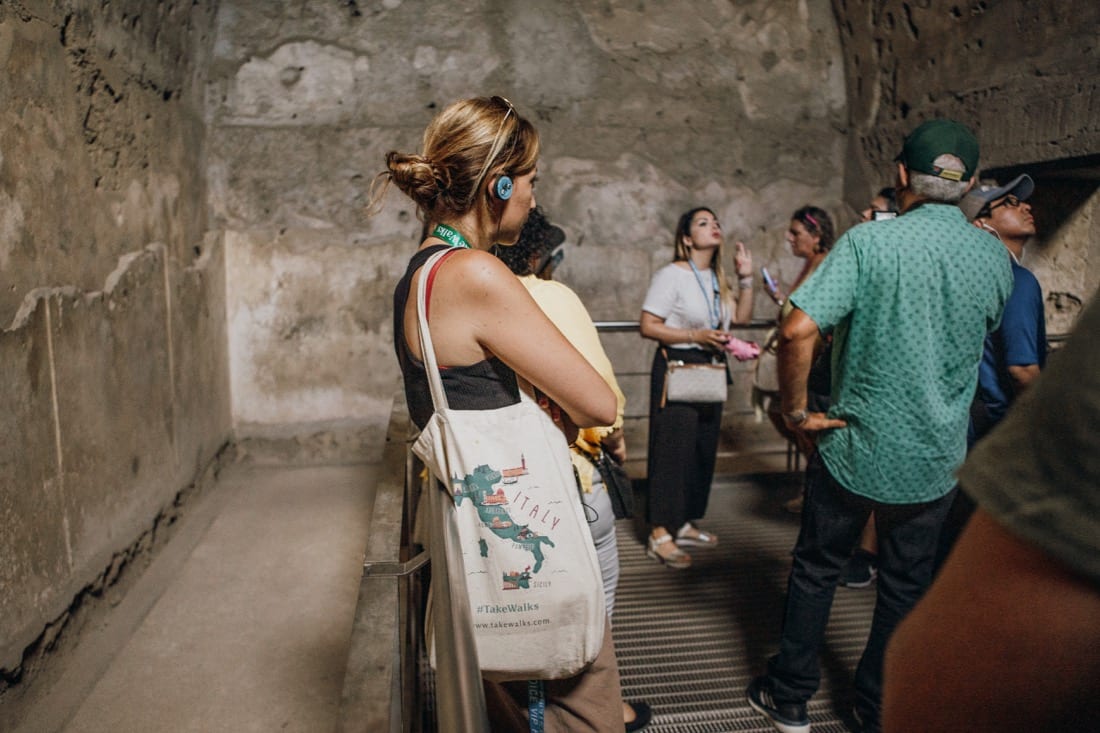
Reusable bags are a great option and can also double as your souvenir from Italy.
Reusable water bottle
Some guides advise bringing reusable water bottles with you from home. This is a great way to stay hydrated, especially during extensive sightseeing. And a reusable bottle is eco-friendly and convenient.
In a pinch, plastic water bottles work just as well, and they’re sold in every cafe in Italy.
Buy one when you’re here or bring a reusable bottle from home and just keep refilling it at the fountains you’ll see everywhere.
Universal plug adapter
Unless you’re bringing a hairdryer (see below), you probably won’t need the whole heavy voltage converter.
But to plug in, say, a laptop, a cell phone, or a charger for your camera, you will need an adapter that lets you use plugs from your home country in Italy’s outlets (Italy uses Type C and F plugs). Universal plug adapters are a great way to keep your devices charged.
Portable charger
Going to be out and about all day? Portable chargers are great for keeping your devices powered during long days out.
Your cell phone
As a bonus, your cell phone can double as a small flashlight.
This can be extremely handy, whether for fiddling with the impossible-to-figure-out lock of your bed and breakfast or looking at a map at night, or for peering into a crevice in one of Italy’s many catacombs.
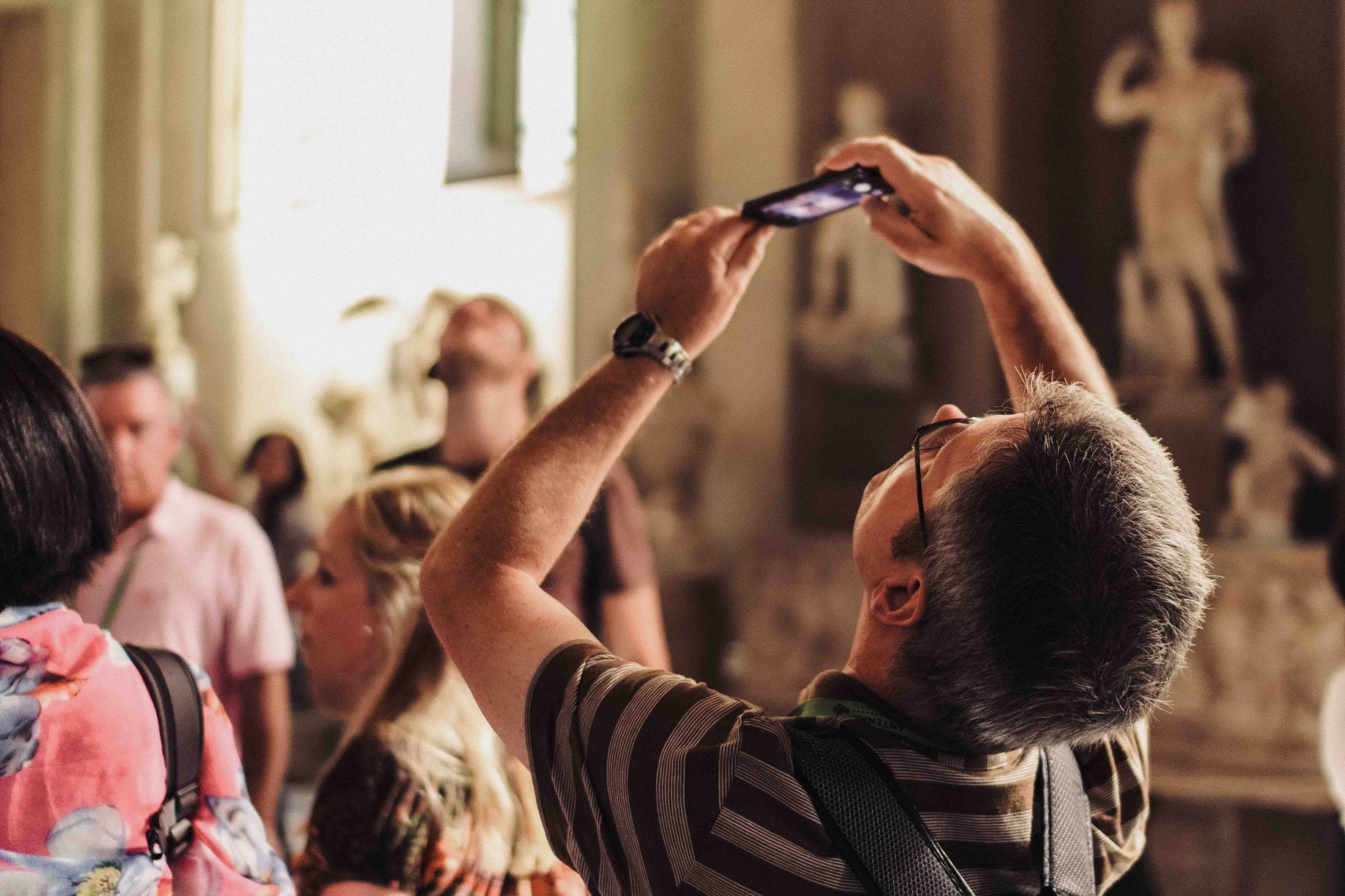
Your cellphone is the most important item you’ll bring with you.
Language guide or translation app
This can assist with communication in areas where English is less common. Some translation apps that are worth checking out are Google Translate and DeepL.
Local currency (Euros)
While cards are widely accepted, having some cash is useful for small vendors or in rural areas.
Emergency numbers and meeting point info for your tours
If you’re planning on taking a tour (with us or not), please, on behalf of tour operators everywhere, don’t forget to print out your meeting point info and map… and to jot down the phone number you should call if you get lost.
Otherwise, you might wind up getting to your tour late, stressed out, and having already annoyed the other clients in your group who had to wait for you — or, worse, not making it to your tour at all.
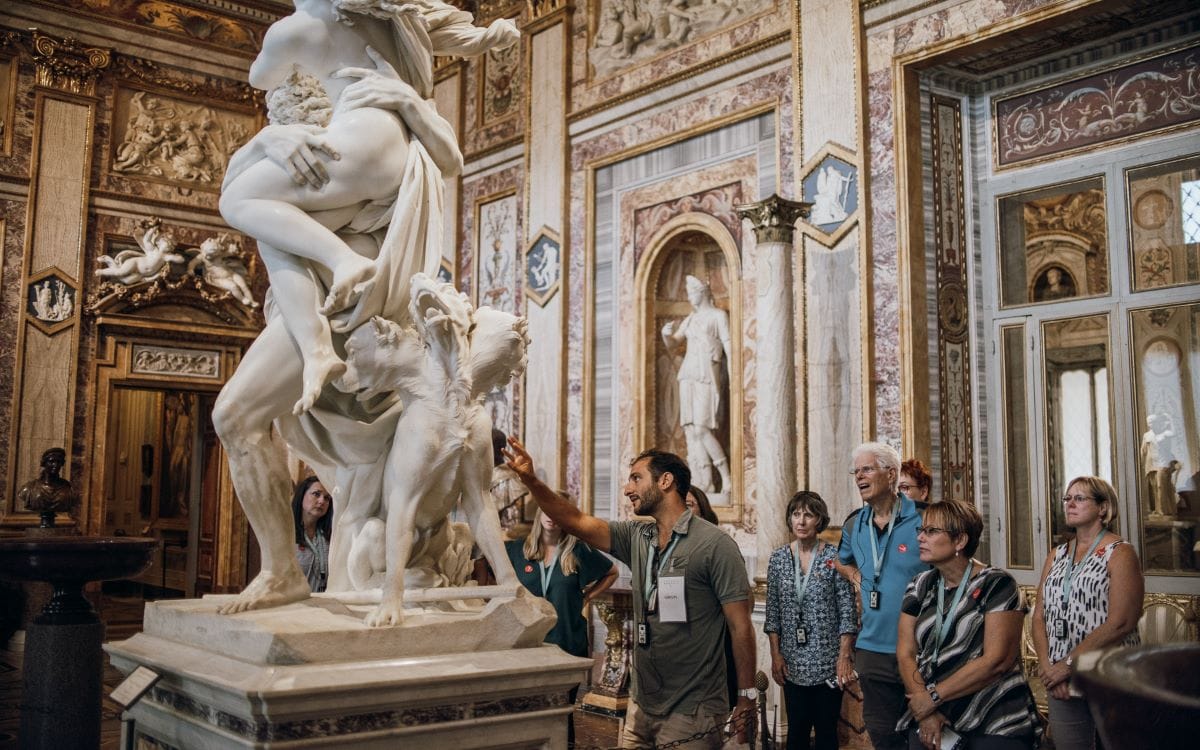
Tours are a great way to see Italy, but don’t forget to come prepared.
Travel insurance documents
When traveling, anything can happen so it’s important to plan ahead. Ensure you have copies of your travel insurance policy and emergency contact numbers, so you have quick access to them just in case.
Copies of important documents
Keep photocopies or digital scans of your passport, visa, and other essential documents in case of loss or theft.
Medications and first aid kit
Bring any prescription medications you require, along with a basic first aid kit for minor ailments. In an emergency, or travel delays, a first aid kit with your medications can come in handy.
Sunscreen and sun protection
Even in cooler months, sun protection is important. Be sure to bring your favorite sunscreen and clothes that can protect you from the harsh UV rays during the hot summers.

Sun protection is important all year round.
Laundry supplies
If you plan to do laundry, pack travel-sized detergent or laundry sheets.
Travel lock
Locks are great for securing your luggage during transit or while you’re out exploring and need to leave your bags behind at a luggage storage.
Items you don’t need on a trip to Italy
Your hairdryer
You’ve probably heard it a million times, and you’ll hear it again — it’s just not worth it. If you’re coming from the States, the voltage will be different than in Italy, meaning you’ll need to lug a big electrical converter with you to even use it (and even that can still go wrong).
Plus, if you’re staying at a hotel, they’ll probably have one for you already.
That super-expensive watch/necklace/pair of earrings that you would hate to lose
Not so much because you’ll get mugged if you’re wearing a Rolex, but because, well, even worrying about getting mugged for your Rolex is a pain.
Not to mention that you don’t want to worry about leaving it in your hotel room. Or about how to pack it, since lost luggage is a fact of life for travelers.

Losing your precious valuables while abroad isn’t worth it.
Traveler’s cheques
No longer necessary. Plus, they’re a hassle to get, a hassle to change, and there are always extra fees. The best (and cheapest) way to get euros is once you’re over here: Use your normal ATM card to withdraw funds from your bank.
(Just clear your trip with your bank first, so they don’t lock your account for security reasons when they see an Italy withdrawal). And, even though you’ll find many establishments in Italy don’t accept credit cards, it’s useful to have at least one card that’s activated for international withdrawals.
Whatever weighs you down
Here’s a rule of thumb: If you can’t carry it yourself, don’t bring it. This recently was brought home to us when, for the second time in the same number of weeks, we saw someone struggle with their wheely bag on an escalator. The bag went tumbling… and the resulting pile-up at the bottom almost resulted in a pile-up of people (and a couple of hospital visits).
But bringing only what you can carry isn’t just a safety issue. It’ll make your entire trip much more enjoyable. That’s especially true in Italy, where there tends to be lots of unexpected luggage-lugging (many old palazzos, like the kind that have B&Bs and apartments, don’t have elevators, and not all train and metro stations have escalators or elevators, either).
Keep it light, and you’ll arrive at your destination much, much happier (and less sweaty).
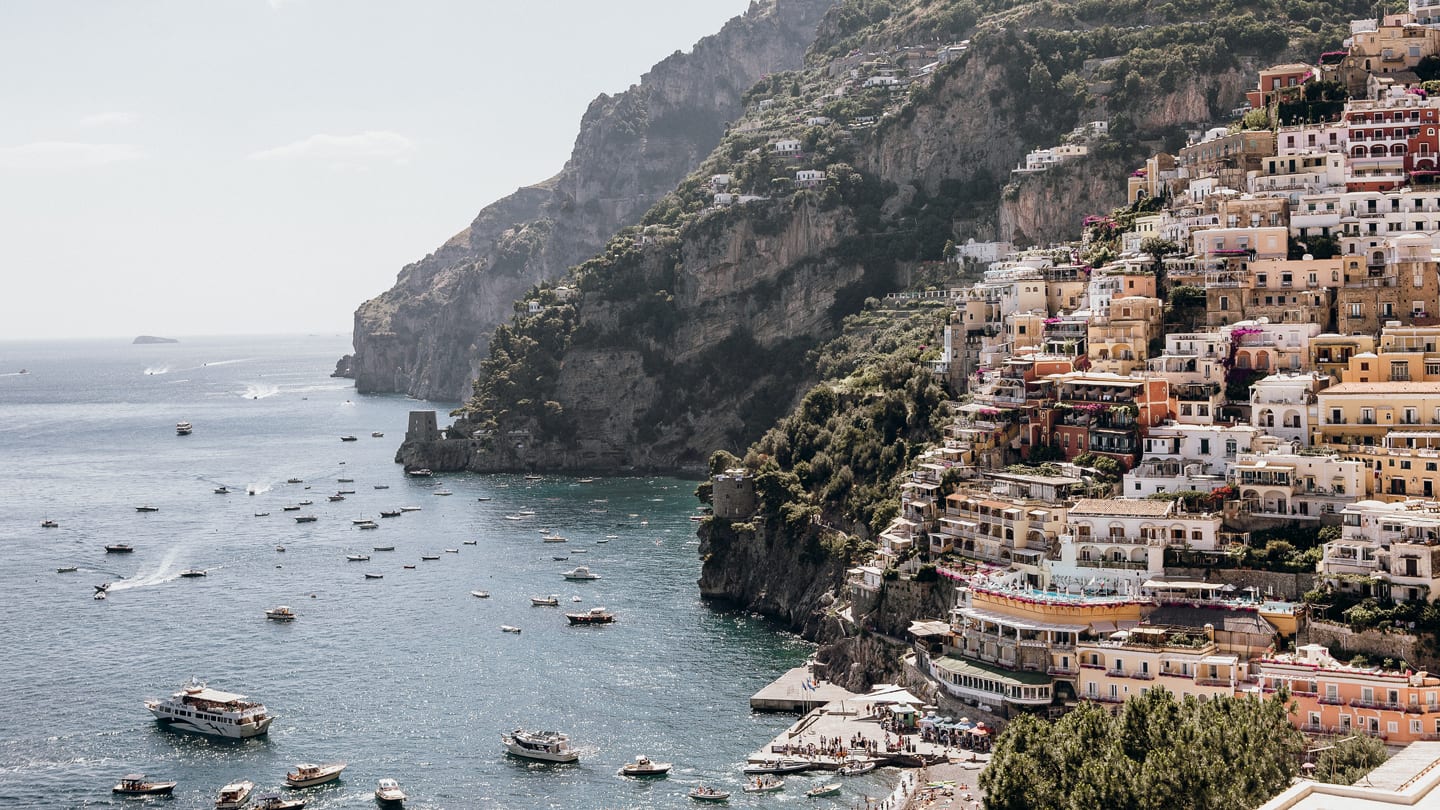
Italy is full of cobble stones and narrow streets, so be careful with what type of luggage you bring.
Still under debate
Money pouch
Lots of travelers swear by them, and they’re definitely one of the most secure ways to stash your cash (just remember to keep the pouch hidden underneath your shirt). That said, you’ll never see an Italian walking around Rome or Florence with one, and every time you go to take out your money, you have to unbutton your shirt to do it.
What we prefer? A money belt, which is slim and worn around your waist, making it much more discreet (and safe). Stash your passport and some of your cash in it, leave the rest of the money in your hotel room’s safe, and you’re good to go.
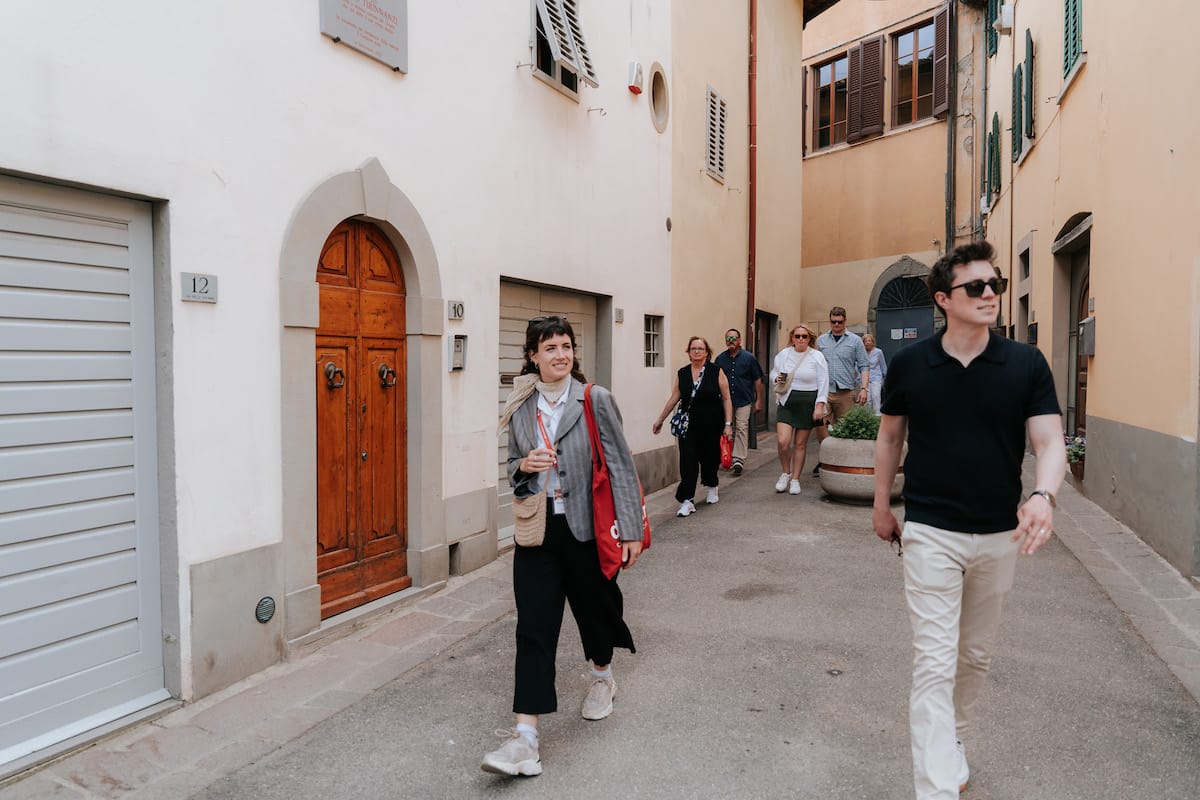
Walking around with less on you is the best way to go.
Zip-off pants
They can come in handy, particularly for men — if, say, it’s so hot you just have to wear shorts, but to get into that church, you need to have pants.
But do they come in handy enough to shell out a lot for trousers you’ll only wear while traveling? It’s debatable.

Do you think zip-off pants are worth it?
Jean shorts, flip-flops, backpacks, white gym sneakers, fanny packs, Uggs, baseball hats, college hoodies, track pants…
People often ask what clothing items they should leave at home in order to look “Italian” — these are just some.
It’s worth noting, though, that no matter how you dress, as soon as someone hears your accent or sees you pull out a guidebook, they’ll know you’re a tourist… and that’s okay.

No matter what you wear, you’ll love exploring Italy.
The most important thing to leave at home
Stress! And we mean that not just in the sense of “hey, you’re on vacation” — but also in terms of stressing about traveling. And that includes packing.
Italy isn’t the wilderness; almost anything you forget (prescription meds and passport aside), you can buy here.
(Not to mention, we think going to the local pharmacy or department store can be one of the most interesting “authentic” experiences you can have). So relax — and don’t overthink it or worry. After all, you’re going to Italy.
Update notice: This article was updated on December 18, 2024.
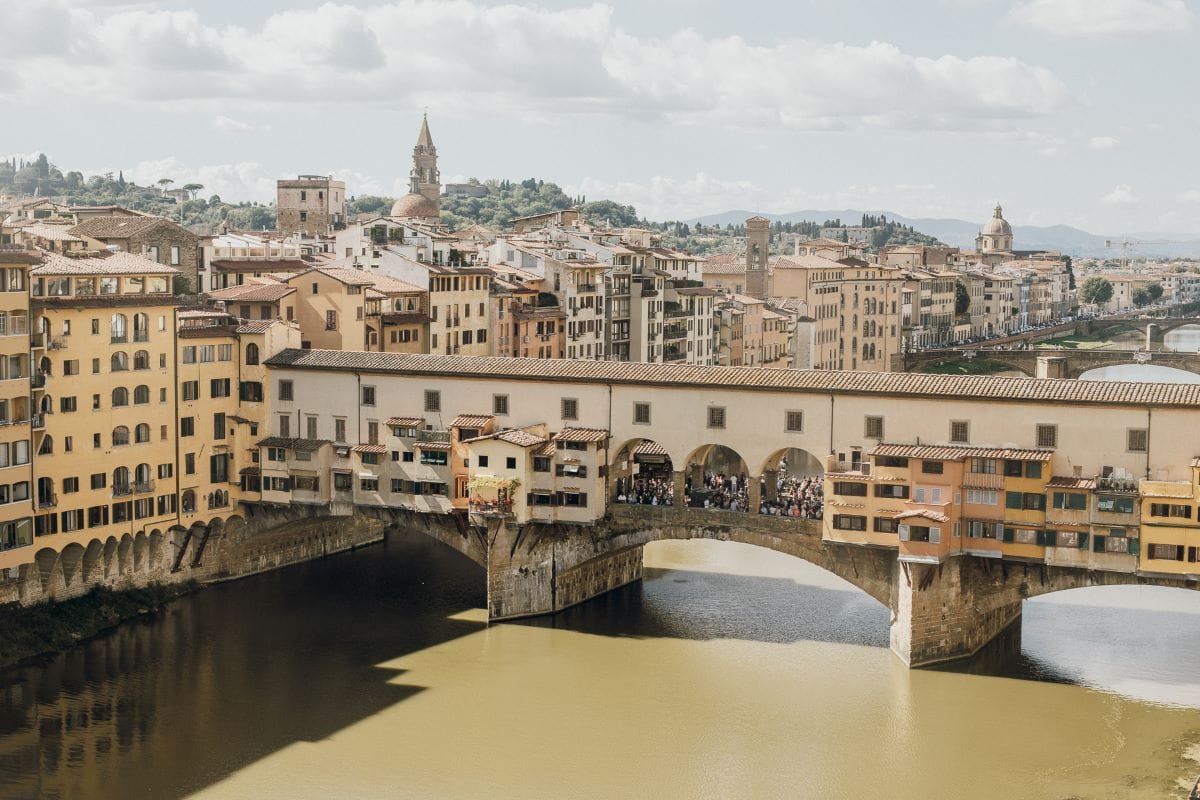
Are you ready to explore Italy?
At Walks of Italy we know that traveling smart means traveling well. That’s why we write online guides to help you figure out where to go, what to do, and how to do it when in Italy. When you come, we’d love to show you around on one of our many expert guided tours.

by Matteo M.
View more by Matteo ›Book a Tour

Pristine Sistine - The Chapel at its Best
€89
1794 reviews

Premium Colosseum Tour with Roman Forum Palatine Hill
€56
850 reviews

Pasta-Making Class: Cook, Dine Drink Wine with a Local Chef
€64
121 reviews

Crypts, Bones Catacombs: Underground Tour of Rome
€69
401 reviews

VIP Doge's Palace Secret Passages Tour
€79
18 reviews

Legendary Venice: St. Mark's Basilica, Terrace Doge's Palace
€69
286 reviews









